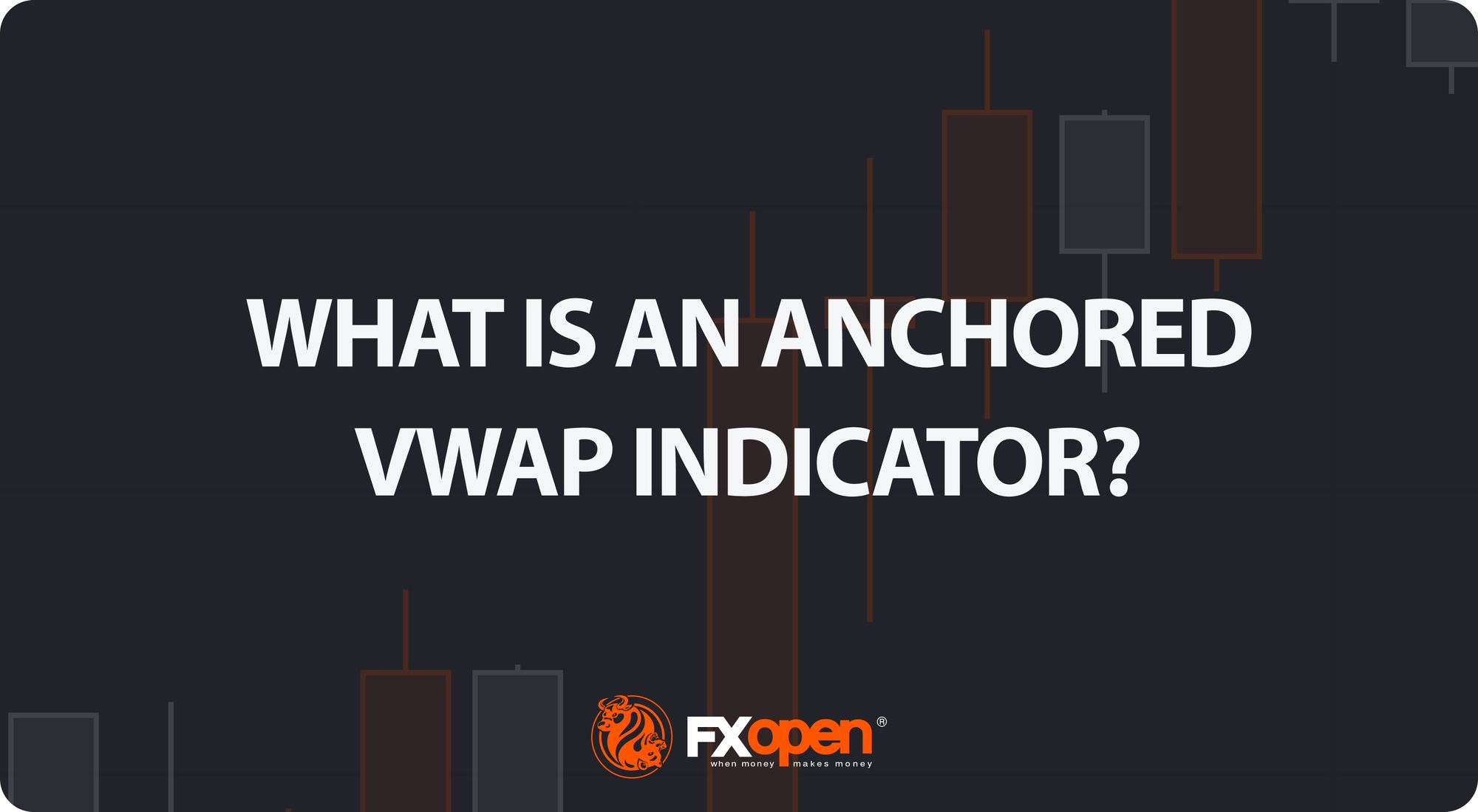FXOpen
Gold extended upside movement on Wednesday, increasing the price of yellow metal to more than $1240 following the release of weak US data yesterday during the New York session. The technical bias remains bullish because of a Higher Low in the recent downside move.
Technical Analysis
As of this writing, the precious metal is being traded near $1245. Immediate support may be noted near $1243, a key horizontal support area ahead of $1227, the swing low of the recent downside move as demonstrated in the following four-hour chart of gold.

On the upside, the yellow metal is expected to face a hurdle near $1250, psychological number ahead of $1260, a key horizontal resistance area and then $1270, the swing high of the last major upside rally. A break above the $1270 resistance will confirm the bullish bias, validating a move towards the $1300 region in near future.
Weak US Data
The Commerce Department said orders for durable goods, items ranging from toasters to aircraft meant to last three years or more, increased 0.8 percent last month after declining 3.1 percent in February. A second report on Tuesday from the Conference Board showed its consumer confidence index fell 1.9 points to a reading of 94.2 in April. Consumers were a bit pessimistic on the economy’s short-term prospects, implying they did not expect a pick-up in activity. Households’ views of the labor market were mixed this month. The share of consumers who believed jobs were “plentiful” slipped, while those who said employment was “hard to get” fell.
Trade Idea
Considering the overall technical and fundamental outlook, buying the metal around $1230-$1235 support area appears to be a good strategy in short to medium term.
Trade over 50 forex markets 24 hours a day with FXOpen. Take advantage of low commissions, deep liquidity, and spreads from 0.0 pips. Open your FXOpen account now or learn more about trading forex with FXOpen.
This article represents the opinion of the Companies operating under the FXOpen brand only. It is not to be construed as an offer, solicitation, or recommendation with respect to products and services provided by the Companies operating under the FXOpen brand, nor is it to be considered financial advice.





